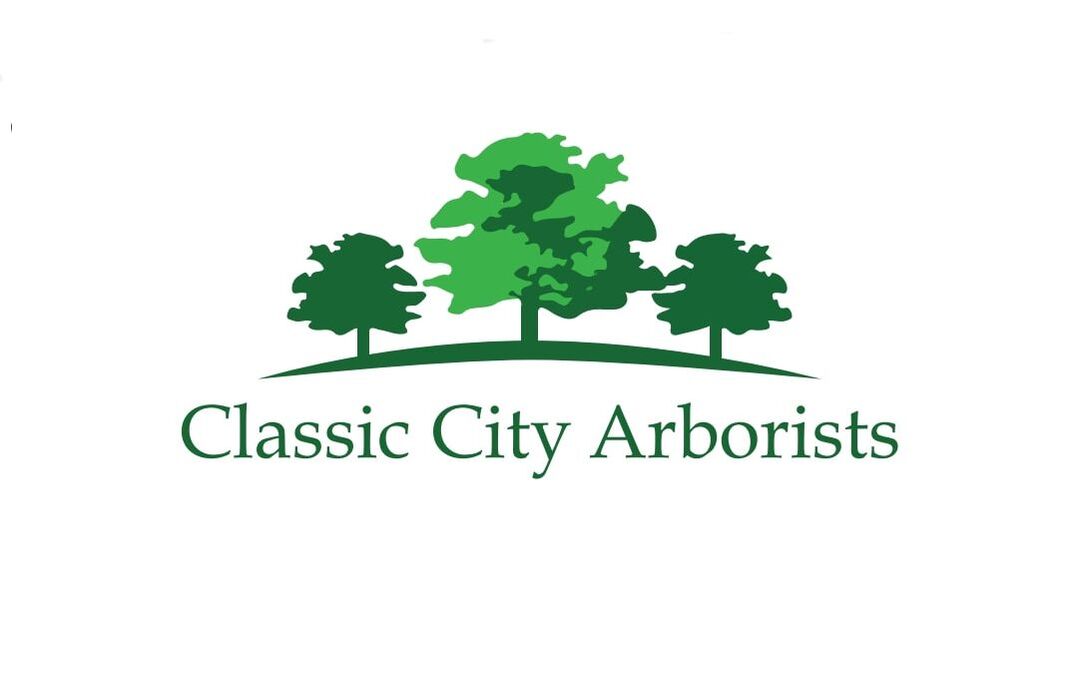|
News and Blog Articles
|
|
Quercus phellos, otherwise known as the willow oak, is a deciduous tree of the red oak family, native to North America. Specifically, willow oaks are found in the eastern and central regions of the United States, from New York to southern Florida, and as far west as Texas, Oklahoma, and Missouri. Most commonly, naturally-occurring willow oaks are found along lowland floodplains or streams. You’ve probably seen them at the park, or growing along a sidewalk or other public walking path. These medium-sized trees typically reach heights of 65 to 100 feet with a trunk diameter between 4 and 5 feet, though some have been recorded growing as high as 128 feet with a trunk diameter of up to 6 feet. Despite their grand size, these oaks typically maintain a shallow, fibrous root zone, making them easy to transplant. Thanks to their value as shade trees, willow oaks are a popular choice to line sidewalks or public parks; when young, they have a pyramid-like shape that will fill out to a more round shape as they age. This visually pleasing balance of axial and radial dominance, in addition to its full crown and delicate leaves that contrast those of other oaks, makes willow oaks an attractive addition to any landscape. Willow oak leaves are tipped with a bristle-like hair, which characterizes them as oaks, but are otherwise visually dissimilar to other oak trees; instead of the highly recognizable lobed leaves, willow oak leaves are long and narrow, similar to those of willow trees. Subsequently, these trees are referred to as willow oaks, despite having no actual relation to willow trees (though they do share a similar manner of absorbing water!). During the spring, willow oak leaves are a bright, attractive green on top with a paler, muted green on the underside. This underside can sometimes be lined with downy hair, but the leaves are otherwise hairless. The distribution of the leaves creates a dappled shade effect; if you’ve ever sat beneath one, you know how relaxing it is to have enough light to see by without being hounded by the harsher of the sun’s rays. During the spring, willow oak leaves are a bright, attractive green on top with a paler, muted green on the underside. This underside can sometimes be lined with downy hair, but the leaves are otherwise hairless. The distribution of the leaves creates a dappled shade effect; if you’ve ever sat beneath one, you know how relaxing it is to have enough light to see by without being hounded by the harsher of the sun’s rays. In summer, the leaves darken to a warmer green, and in autumn, they can turn a stunning golden yellow or a rustic, burnt red before they fall, making them even more attractive as a landscape addition. Georgia is well-known for its beautiful fall landscapes, and willow oaks are no exception! The bark of the willow oak ranges from a muted brown to a soft grey color and is identified as chunky-scaly, referring to the irregular fissures that run along the trunk. As a kid, you probably tried to peel bark like this to see how long a piece you could get! With this color and pattern combination, willow oaks are considered attractive even when bare, making them visually pleasing even during the winter. The bark of the willow oak ranges from a muted brown to a soft grey color and is identified as chunky-scaly, referring to the irregular fissures that run along the trunk. As a kid, you probably tried to peel bark like this to see how long a piece you could get! With this color and pattern combination, willow oaks are considered attractive even when bare, making them visually pleasing even during the winter.
Though they require significant amounts of water when starting out, once established, these low-maintenance trees can be left to their own devices. They have a tendency to grow beyond expectation, which can lead to cracked sidewalks or pavement, and can also present a danger to your home should you build a house too close to one. When looking to move, build a new home, or plant a new tree, keep in mind the projected size to ensure your home and your family stay safe! In addition to their expansive size, willow oaks can present stark competition for sunlight, water, soil nutrients, and other resources. Their elevated water needs when young will often have them pirating water from other plants in the area, and their rapid growth rate means they can easily deplete surrounding soil of its nutrients as quickly as it can be replaced, leaving little to no nutrients for other flora in the area. If you have a lot of other trees and plants around, make sure your willow oak doesn’t steal all their resources! Earlier than most oak species, willow oaks will begin to grow acorns at just 15 years of age. These acorns are smaller than what you might imagine, measuring in as just half an inch long on average, and feature a shallow cap. Dropped acorns can easily accumulate, which can pose a nuisance on sidewalks, walking paths, or other public spaces. In addition, these acorns attract squirrels and other animals, which can be seen either as cute additions to the scenery or annoying interruptions, depending on the location and audience. Overall, when considering adding a willow oak to your yard or home landscape, keep in mind their growth rate and size, as well as their high water needs when young; where space permits, these trees are a grand addition, so long as they are left ample room to grow to their full potential, and are sufficiently supplied with water and nutrients to prevent negatively impacting the surrounding flora. AuthorEmily Casuccio is sister and sister-in-law to Rebekah and Scott Rushing, and has over half a decade of experience in copywriting, copyediting, proofreading, and developmental storyboarding. She's worked with both published and undiscovered authors on both fiction and nonfiction, and takes pride in supporting local businesses. Her passion lies in the written word and helping authors of all capacities realize their dreams and achieve their fullest potential. To learn more about her, read samples of her work, or contact her, visit her online portfolio.
0 Comments
Your comment will be posted after it is approved.
Leave a Reply. |
Categories
All
Archives
January 2023
|
|
23 Whatever you do, work at it with all your heart, as working for the Lord, not for human masters,
24 since you know that you will receive an inheritance from the Lord as a reward. It is the Lord Christ you are serving.
Colossians 3:23-24
24 since you know that you will receive an inheritance from the Lord as a reward. It is the Lord Christ you are serving.
Colossians 3:23-24

